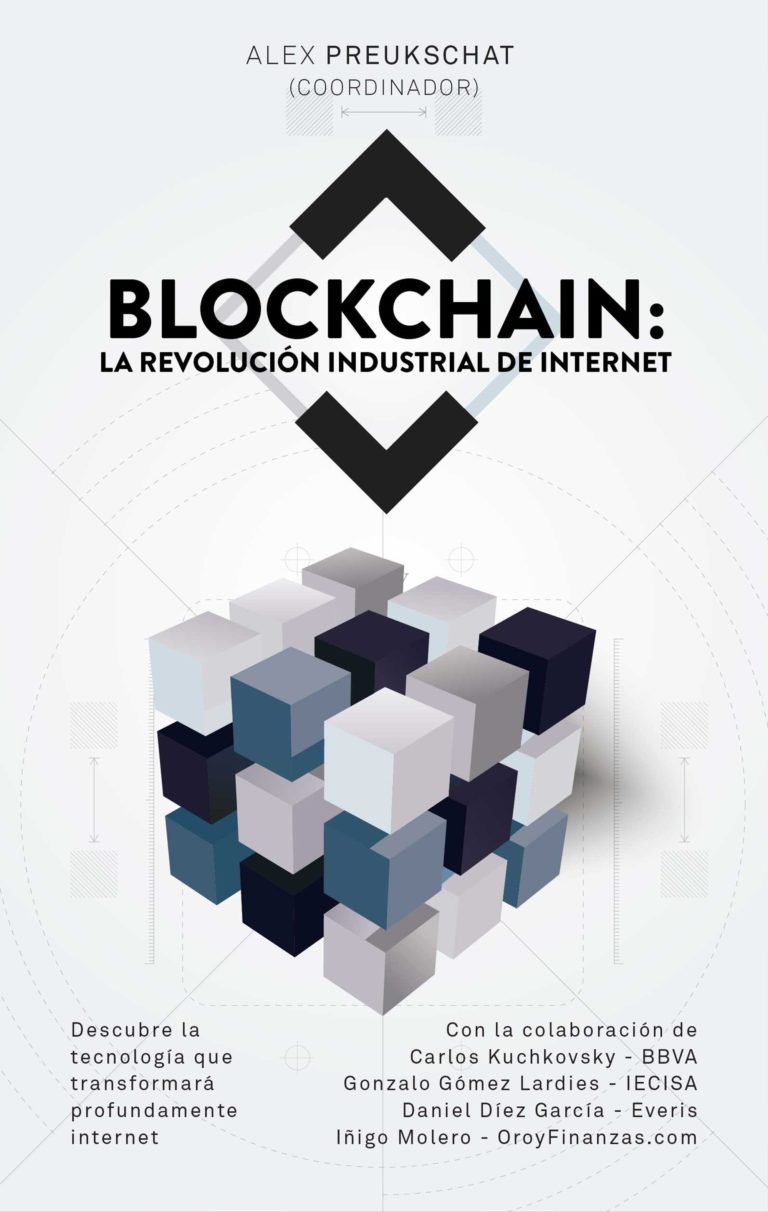The birth of the Blockchain decentralized company
Blockchain has allowed the creation of a new business concept with automated management, in which benefits are distributed in a systematized manner among partners, who don’t even have to know each other. Cristina Carrascosa reveals the advantages of the Decentralized Autonomous Organization in this new installment of #RevolucionBlockchain.

The initial goal of Satoshi Nakamoto, Bitcoin’s mysterious creator —or creators—, was to cut out the middleman in electronic payments and lower the cost of transactions, using a P2P system. But, ultimately, Bitcoin’s appearance has caused a whole cultural movement —which had remained busy, but under the radar until then— to surface, proposing new concepts inspired by the blockchain technology —the technology that supports bitcoin— such as the decentralized company concept.
Bailey Whitfield Diffie ("Diffie"), whose parents met in Spain, and who is hailed as the discoverer of public-key cryptography, already knew in 1969 that cryptography was a powerful tool. Diffie was a contemporary of the first "hacktivists,” a group of, mainly, developers whose goal was to create a software that would allow individuals to communicate safely within a network.
This is the philosophy that underlies the blockchain system on which the first Decentralized Autonomous Organization (DAO) was built. The basic idea that inspired the DAO was the prospect of creating business entities that live on the internet and exist autonomously. Without any kind of human intervention? Well, not exactly. The DAO concept admits human action, insofar there is no technology capable of replacing it.
DAOs resemble capital enterprises in that they are "organizations" that manage their assets and equity by applying them to pursue an end. And that’s about it in terms of similarities, because this new type of decentralized organization is based on a smart contract architecture, are managed in an automated manner, and consist of an indefinite number of "participants" (partners) which don’t have to know each other, necessarily.
For traditional entrepreneurs, founding a capital enterprise partnering with people they don’t know would be an unsettling prospect. But in the world of blockchain, it is almost logical, as the structure of DAOs (and basically the entire blockchain system) is designed in a way such that trust is never an essential element.
Explaining the DAO with an example makes it easier to understand its advantages. Thus, a DAO could be created to create and exploit multimedia contents. The company’s social capital, so to speak, would consist of a number tokens created based on smart contracts, which would be distributed among the “token holders” (the owners of those tokens), or the DAO partners. The company’s core business would be to commercially exploit the multimedia content it creates and then distribute the earnings among the token holders, based on their share of participation in the DAO.
Decisions concerning, for example, sales prices for certain contents would be put to a vote in a structure in which token holders are both the Annual General Meeting and the Board of Directors, since each of them can participate in everything. A pre-defined consensus system would govern all voting processes and establish the majority thresholds as to which proposals would be deemed approved.
Consultations could also be set forth based on yes/no answer to adopt specific decisions, which, once approved, would be executed automatically. In this way, these "holders", (which, as we said, don’t have to know necessarily know each other) would receive their profits and vote democratically in the management of the DAO. This model would allow, for example, partnering with people from around the world without the costs involved in our current corporate system.
CODE
However, and being aware of the paradigm shift that all this would entail, and for those to whom the DAO may seem like a too futuristic option, there are intermediate models. This is the case of the Centrally Organized Distributed Entity (CODE), a model jointly developed by a law firm specializing in cryptoprojects and a group of developers. CODE conceptualizes a company that resides half-way between the offchain and the onchain worlds, fully complying with tax and corporate regulations while leveraging DAO’s automated profit distribution system or its voting system.
In short, taking into account that our corporate system dates back to the Middle Ages, personally, as a legal professional, the idea of combining a legal system with technology can strike us as a bit dizzying at first. However, the truth is that the software reliability, as compared to the human element, is a competitive advantage that perhaps we should start considering.
Cristina Carrascosa Cobos

Cristina Carrascosa of Fluon Ecosystem is co-author of the book 'Blockchain: The Industrial Internet Revolution', published by Ediciones Gestión 2000 (Grupo Planeta) and available at Amazon.es. For the latest about the book & blockchain, please visit @LibroBlockchain and LibroBlockchain.com.